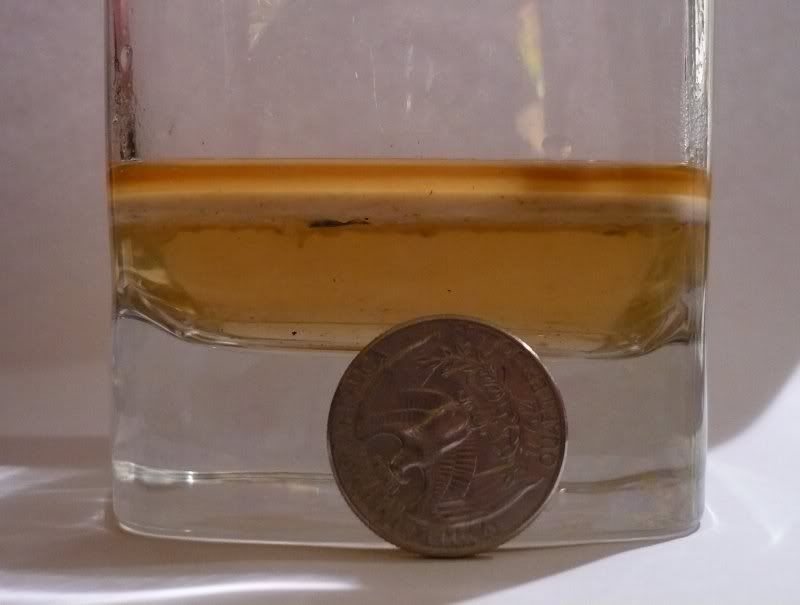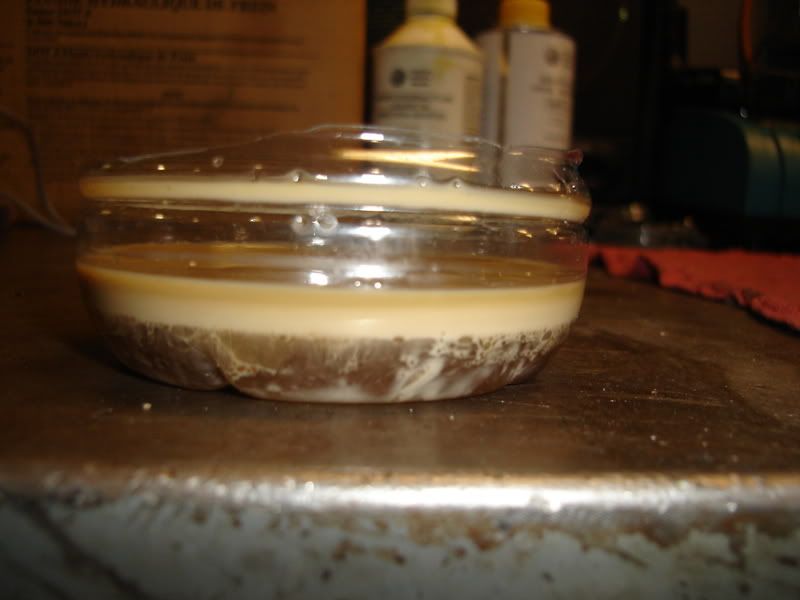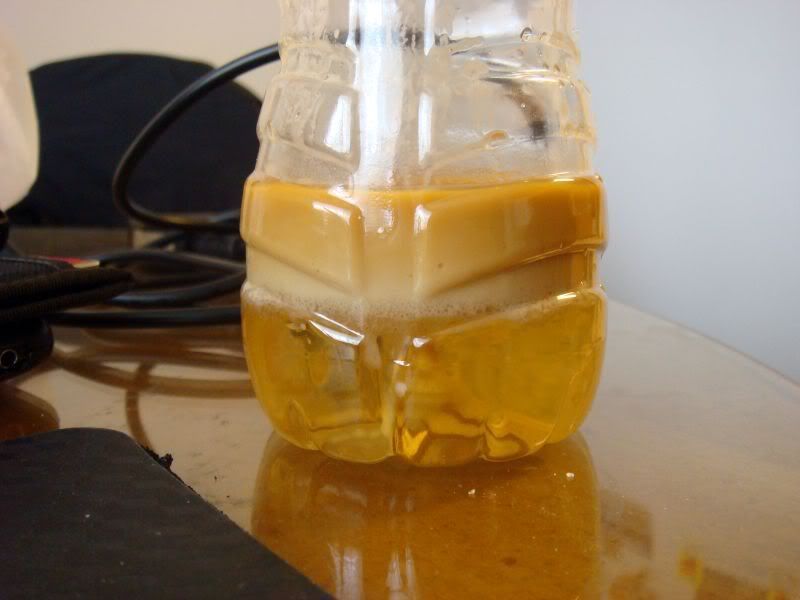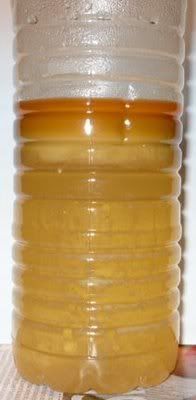Originally Posted By: occupant
Originally Posted By: Gary in Sandy Eggo
The primary purpose of the PCV valve is to STOP the flame front of an engine back-fire (intake manifold fire) from making its way into the crankcase and blowing the oil pan right off the engine.
I don't think there is much reason other than this to leave it alone. Even a poorly functioning PCV valve will prevent this backfire. But PCV valves are typically $3-$5 in cost, so why not just change it and forget about it until next year?
I had a 1965 Biscayne at one point, 230cid straight six, had the fiberglass filled oil breather. I considered changing it out for a later model PCV vslve to connect to a later model air cleaner. Parts from a 250cid 1968 or newer Chevy six would have fit perfectly. Never got around to it before the brakes catastrophically failed, and the car got traded for a 1987 Chrysler New Yorker with the talking Voice Alert system.
Car: Your door is ajar
Me: No, YOUR door is ajar, my fly is zipped up, thank you very much.
We are still running a 250 I6 in my brothers boat. Those Chevy 250 6's were great. This engine is probably from the 60's, we rebuilt it about 10 years ago, and it still runs great. It is worked hard, and sees a lot of offshore use. Finding them around is getting very hard, I wish they still made them along with the Ford 300 I6, another great engine.








